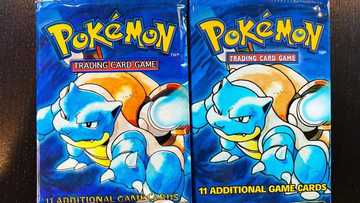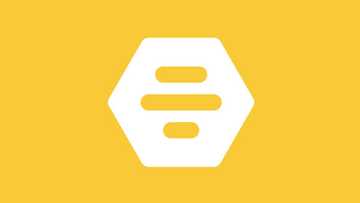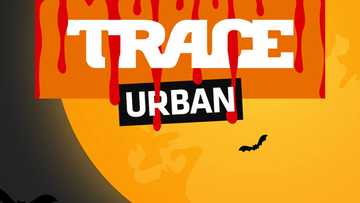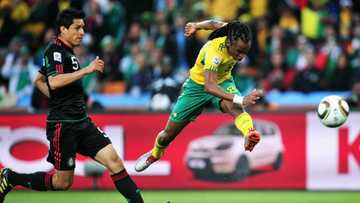How to play Pokémon cards tutorial with pictures and video
Are you wondering how to play Pokemon cards after becoming a fan of the popular Pokémon TV shows and video games? Pokémon TCG is an excellent and interactive way of having fun with your family and friends as you experience the thrilling battles in real life. If you have no clue how to play the game, checking out this straightforward and exciting guide on how to play Pokémon cards will inspire you to gather your army!
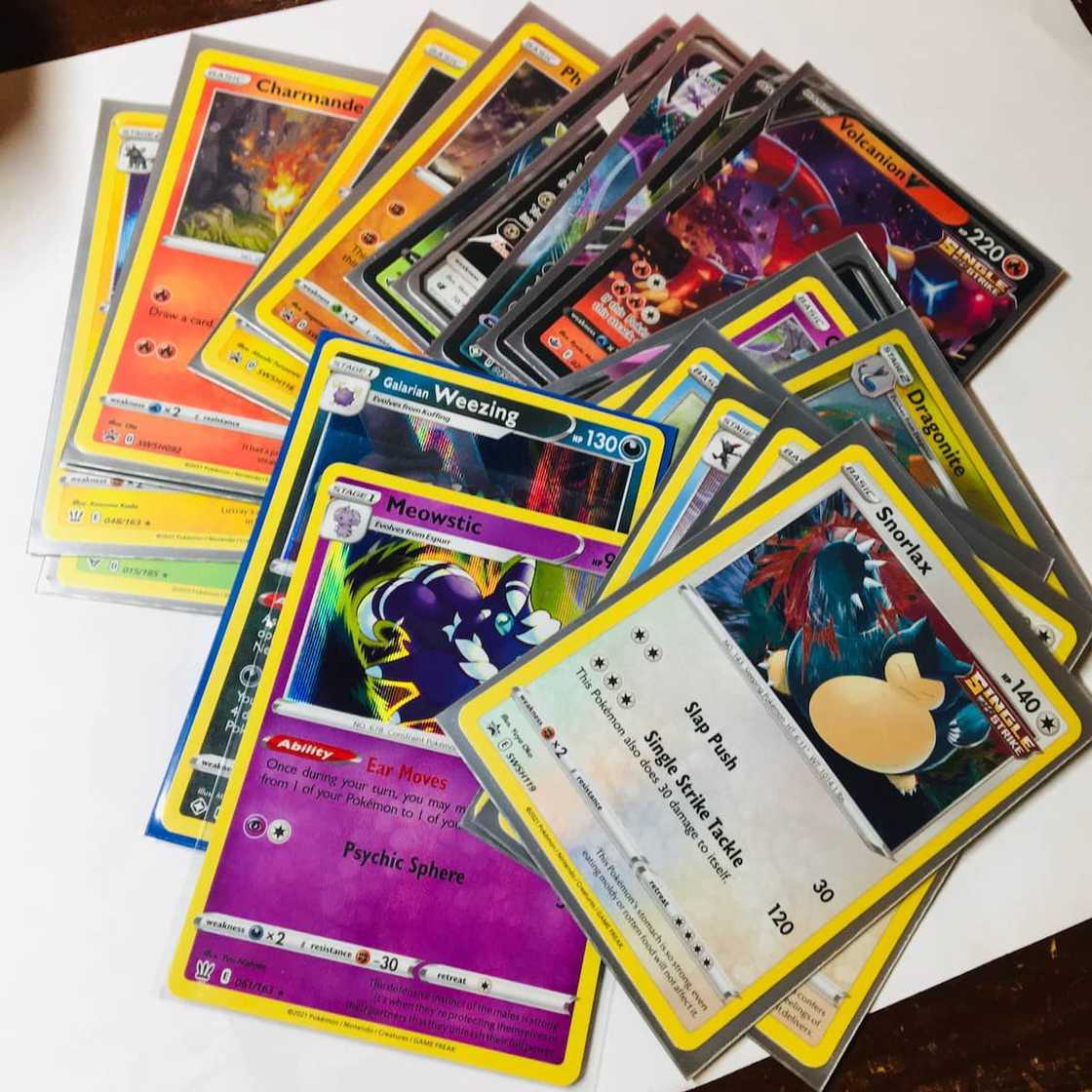
Source: Facebook
While playing Pokémon might be a fun option for game night, most people have not mastered it. That, however, should not scare you from attempting to play it. This breakdown of how to play Pokémon cards for beginners elaborates the ins and outs of the game. It also gives hints on how to attack and which cards to use. Mastering these steps will go a long way in helping you squash opponents.
How to play Pokémon cards game
If you are new to the game and would like to know how to play Pokémon for beginners, these steps will come in handy in helping you understand the game. You will also stand a high chance of defeating your opponent.
Is Pokémon easy to play? The first step involves setting up, while the second one is making the right moves while playing. The last is about attacking your opponent. How about unpacking each one of the three key steps?
1. Set up your cards
The first step on how to set up a Pokémon card game is by shuffling your deck. But first, how many cards do you need in a Pokémon deck? A deck should have exactly 60 cards. However, if you do not have the required number and are playing casually, confirm with your opponent whether they are comfortable playing with less than 60 pieces. However, ensure to have the same number as your opponent.
The next step of setting up the cards is shuffling them. You should ensure to shuffle them well and ensure that a quarter to a third of them are energy cards. So, do you need energy cards to play Pokémon? Yes, you do. They enable the Pokémon to power its attacks.
To determine who makes the first move, toss a coin. The first player cannot attack during their first turn. Instead, they will be required to take seven cards from the top of the deck and place them aside, face down.
Find a basic Pokémon card
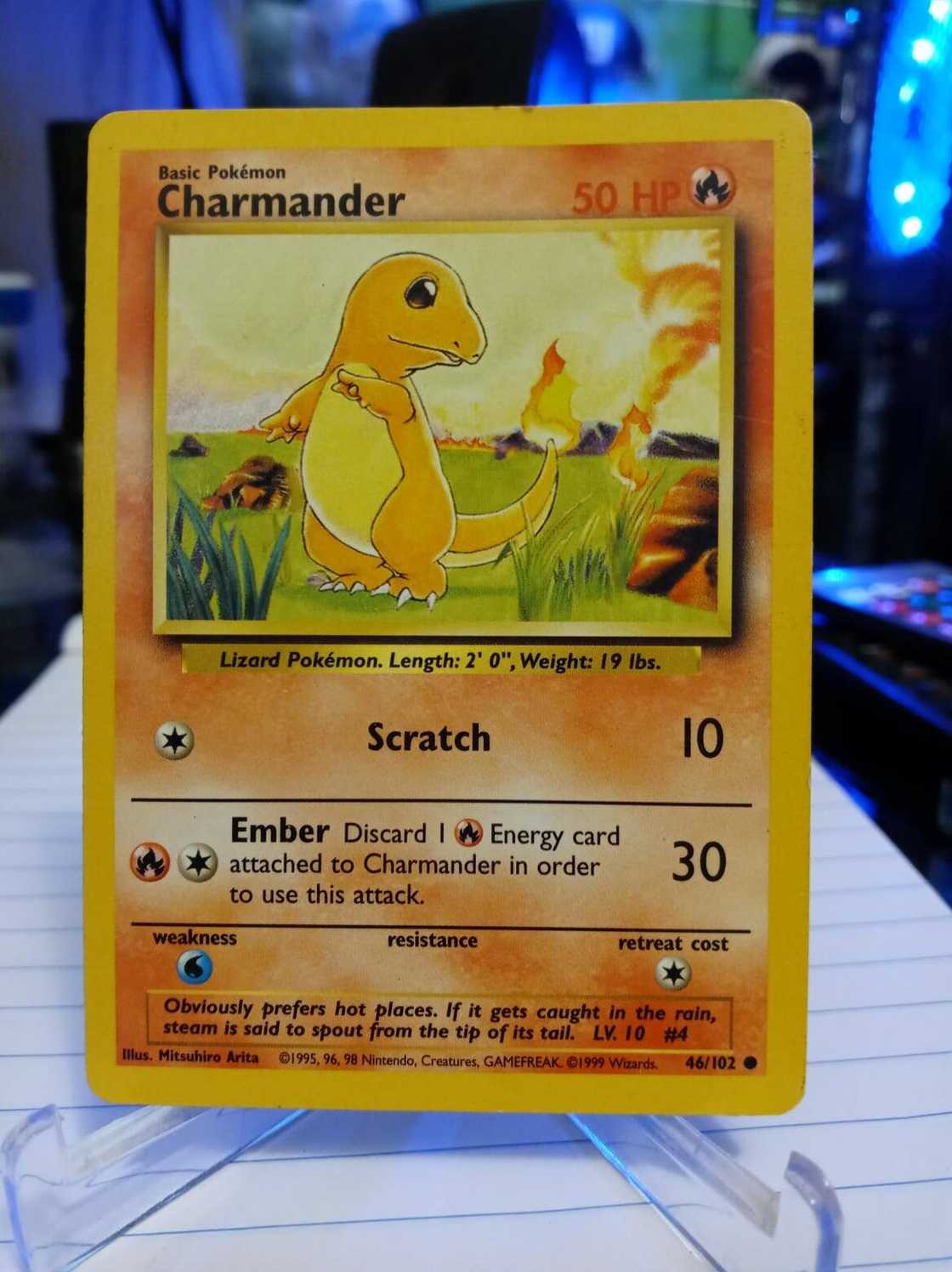
Source: Facebook
Out of the seven pieces, establish the basic Pokémon card. But first, what is a basic Pokémon card? It is represented by a box that says 'BASIC' in the top left corner. If you do not have any of this kind, shuffle your hand into your deck and draw another set of seven pieces. This process is called a mulligan, and every time you perform a mulligan, your opponent stands a chance to pick an extra card.
Select your active Pokémon card
If you have a basic Pokémon card, you can put the attack first, face down, into the playing area, a few inches away from you. If you have more basic Pokémon pieces in your stash, place them face down beneath the active Pokémon as your bench. However, you cannot have more than five pieces on your bench at one time.
Draw your six prize cards
At this point, you can look at the pieces in your hand, but not your prizes yet! Place this stash in a pile aside, face-down. Every time you knock one of your Pokémon out, you are allowed to take a prize card, and when you run out of prize cards, you win. For a faster game, you can opt to use fewer pieces.
In rare cases, there is a special rule for EX and GX. Therefore, if you knock out a GX or EX Pokémon, you can pick two instead of one prize card. Contrary to popular belief, do not keep your opponent's Prize cards. When you knock out a Pokémon, you take prize cards from your pile and hold them in your hand.
What happens if you run out of cards in your hand in Pokémon? If you try to draw a card when your library is empty, you lose the game.
Put the remainder of your deck to the side
The reminders of your deck should be on your left, while the prize cards on your right. The discard pile should be below your deck.
Face your cards in the right direction
When you are ready to start, ensure your active card and benched Pokémon are facing up. The rest of the pile in your hand, deck, and prizes should face down. You are allowed to take a peek at the pieces in your hand, but not your prize and deck cards.
Play until someone wins
Play until someone wins. You only win if you take all your prize cards, if you knock out all Pokémon on your opponent's field or if your opponent has to draw but they cannot because they have run out of cards in their deck.
2. Playing your cards
With the rules on setting up, you can learn more about how to play Pokémon cards game. You will need to follow the prerequisite steps as required while setting up at this stage. These are the rules you ought to keep in mind while playing.
Draw a card at the beginning of your turn
What is the easiest way to play Pokemon cards? While most people do not believe that this step is mandatory, it is. You do not have the option to decide whether or not to choose to draw a card.
Bench your basic Pokémon card
If you have your basic card in your hand, you can place it on your bench. You can do it as many times as you can. However, your bench can only have up to five basic Pokémon cards.
Utilize your energy cards
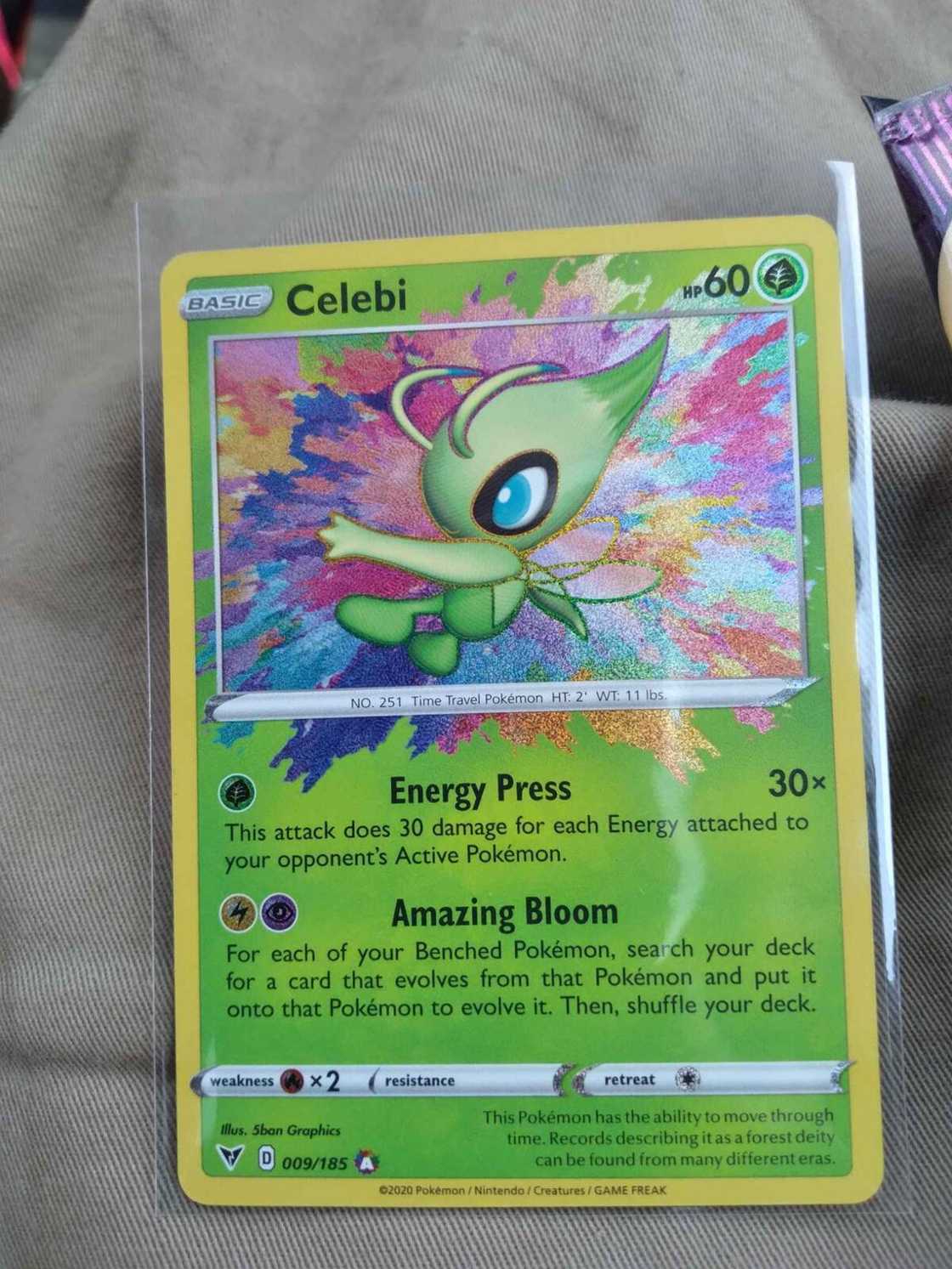
Source: Facebook
Proceed to attach one energy card per turn, apart from cases where a card on the field dictates otherwise. Remember to place your energy card below one of your pre-evolved forms.
Utilize your trainer cards
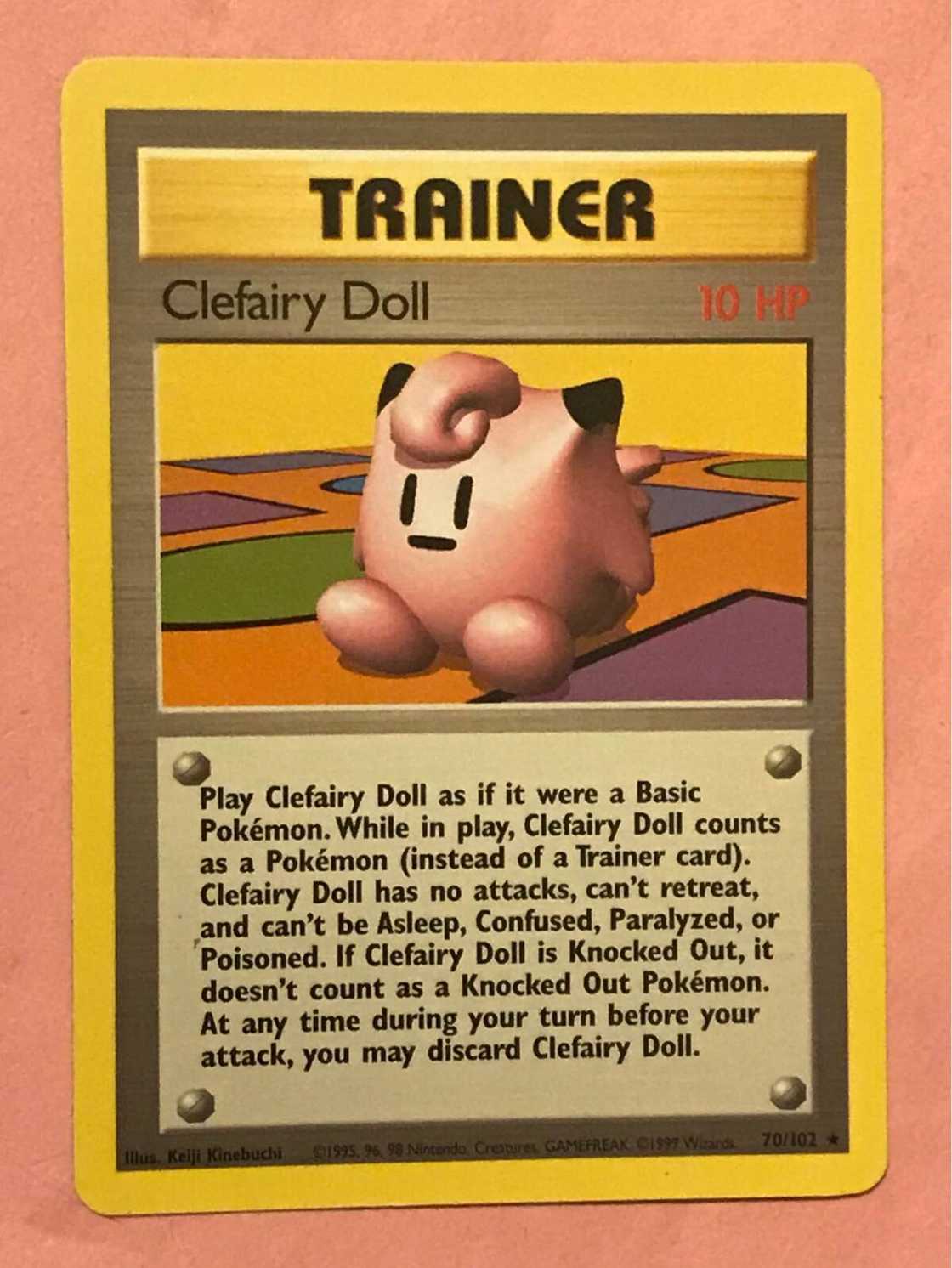
Source: Facebook
Trainer cards have effects on the game, and each one of them has a description outlined. Different types of this kind are supporters, stadiums, tools, and items. However, there are rules to how to utilize them.
During your turn, you can only activate one stadium or stadium card at a go. However, you can activate any number of tool and item cards. You could attach a tool to a Pokémon that does not have a tool attached to it, and it stays there until it gets kicked out, and when they do, they are both discarded.
When playing a stadium card, you ought to place it horizontally between both player fields. It only gets discarded when your opponent unleashes a new stadium card.
Evolve your Pokémon
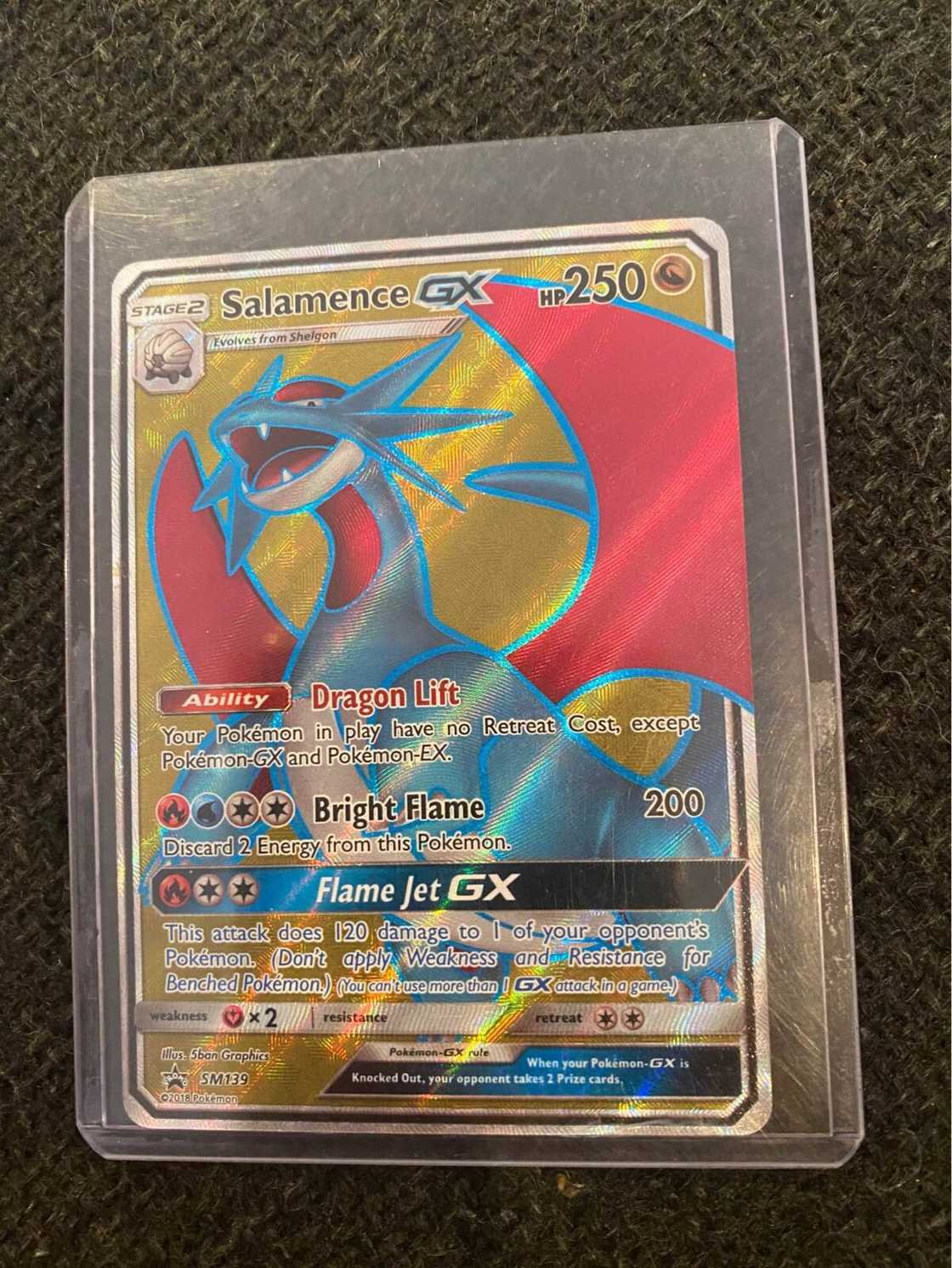
Source: Facebook
If you have evolution cards on your bench, you can evolve your Pokémon by placing the evolution card on it. A basic card evolves into stage 1, while a stage 1 into stage 2. However, you cannot evolve a Pokémon on its first turn of playing it, the same way you cannot evolve a Pokémon on your first turn.
Utilize the ability of your cards
Each one of the Pokémon cards has unique abilities and strengths. The strengths are listed on the card. It is vital to utilize the card in the ideal situation.
Retreat your Pokémon
If you need to switch your Pokémon to another, you can do so, although the process comes at a price. Retreating a Pokémon comes at the cost of discarding the energy attached to the card. The cost of retreating will be listed at the bottom of the card. You only stand one chance per turn.
Launch an attack on your opponent
Use your Pokémon to launch an attack on your opponent's Pokémon. After your attack, your turn ends. Nonetheless, if you go first, you cannot attack during your first turn.
3. Attack your opponent
When launching an attack, the trick is to utilize cards with the right amount of energy. Some attacks might require colourless energy, represented by white stars, while others will require specific powers.
Establish your opponent's weakness
Remember, the game aims to overpower your opponent. Therefore, you should be keen on their weaknesses. Each card has a defect, and it would receive double liability if your Pokémon is of the same flaw.
Establish your opponent's resistance
You should be aware of your Pokémon's resistance. That way, it will save you the amount of damage if your opponent attacked you. In the same way, you should also keep track of your opponent's resistance.
Cause your opponent as much damage as possible
The amount of damage an attack inflicts will be to the right of the attack name. Watch out for attacks that increase the amount of damage output. The damage is placed on your opponent's active Pokémon. Ensure to keep track of the severity of the damage using the damage counters.
Discard the knocked out Pokémon
When the amount of damage on a Pokémon is greater than or equal to its HP, it means that it has been knocked out. Therefore, you should move it to the discard pile alongside any items or energies that might be attached to it. After doing so, you should pick a prize.
4. How to handle special conditions
Special conditions have a detrimental impact on the status of your active Pokémon. They include burned, poisoned, asleep, confused and paralyzed. The effects of these special conditions occur in the same order in between turns.
How to deal with a poisoned Pokémon
In this situation, you ought to put a poison marker on the poisoned Pokémon. Between each turn, it takes one damage counter to salvage the situation. Therefore, you should think carefully about your next moves.
How to deal with a burned Pokémon
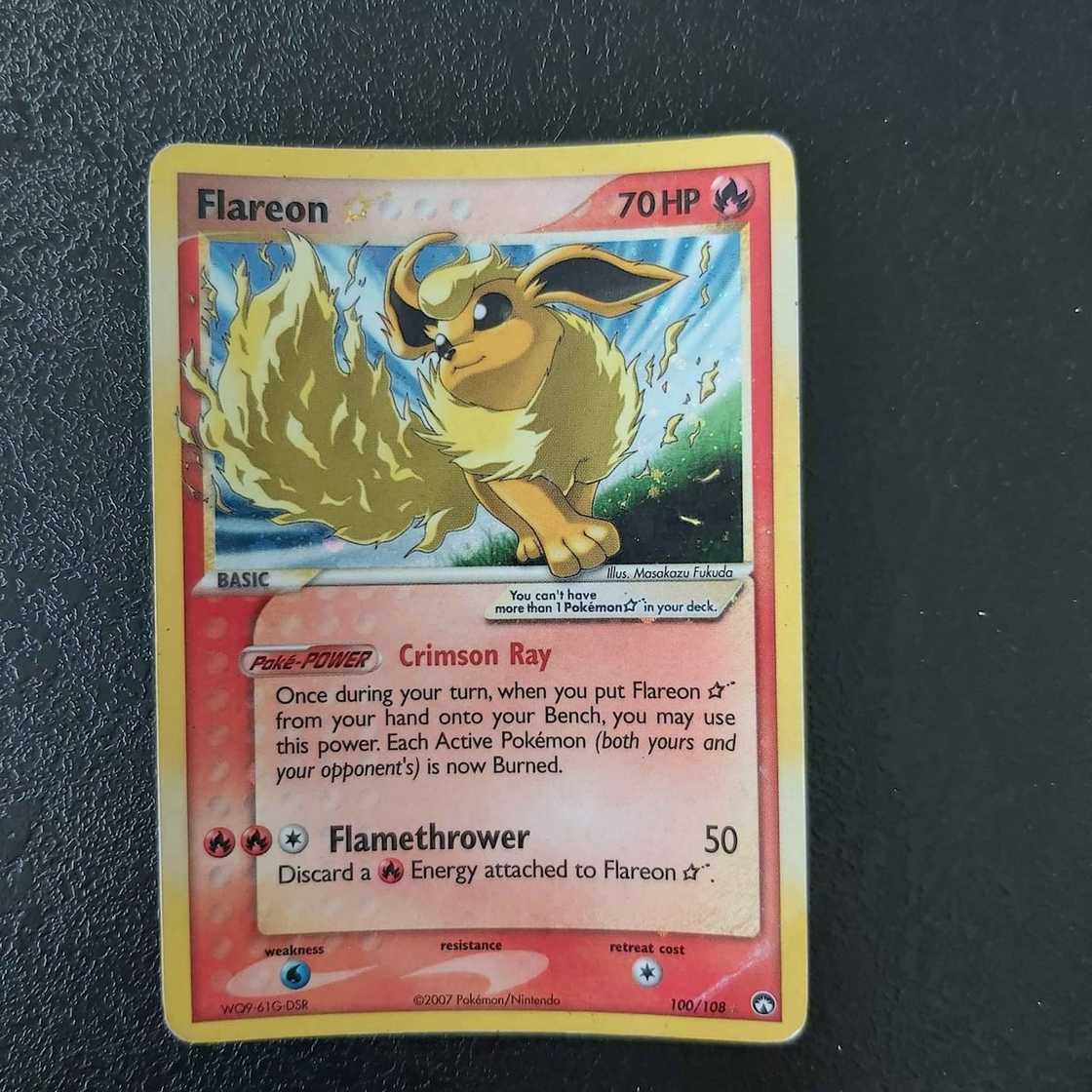
Source: Facebook
In this event, place a burned marker on the Pokémon and flip an in-between coin turns. If heads, it does not take any burn damage and if tails, it takes two damage counters. However, the sun and moon rule for burned is different. For the sun and moon burned rule, place a burned marker on your burned Pokémon, and between turns, put two damage counters on it. Then, the Pokémon owner flips the coin. If heads, the Pokémon is no longer burned; if tails, it stays burned.
How to deal with asleep Pokémon
If the Pokémon is asleep, turn its card in the anticlockwise direction. To determine whether it retreats or attacks, flip a coin. If heads, it wakes up; if tails, it stays asleep.
How to deal with a paralyzed Pokémon
A paralyzed Pokémon is turned in the clockwise direction, and it cannot attack or retreat. Its condition can only change between turns if it was paralyzed since the beginning of your last turn.
How to deal with a Confused Pokémon
A confused Pokémon is turned upside down. To determine its fate, flip a coin, if heads, it attacks successfully, and if tails, put three damage counters on it, and its attack is nullified. In cases where the attack involves flipping a coin, flip the coin for the confusion first.
How to heal your affected Pokémon
The simplest way to heal an affected Pokémon is by returning it to the bench. It cannot retreat if it is paralyzed or asleep, although it can still be switched. You could also use trainer cards that reverse the status conditions.
In cases where the Pokémon has been affected by more than one condition which cause the card to be rotated, the most recent effect applies.
These tips, hacks and instructions on how to play Pokémon cards must have enlightened you on how to go about the game. For you to get better at it, you ought to implement the steps and suggestions.
READ ALSO: How strong is Beerus? Can he beat Jiren, Whis, Moro in a fight?
Briefly.co.za recently published exciting details about Beerus. If you are a lover of the Dragon Ball Series, you need to catch up on the fictional character.
Beerus is the seventh God of destruction, and he destroys the earth and those dwelling in it. He also has the special ability to destroy the solar system at ease. As a result, most people are curious to know more about his superpower.
Source: Briefly News

